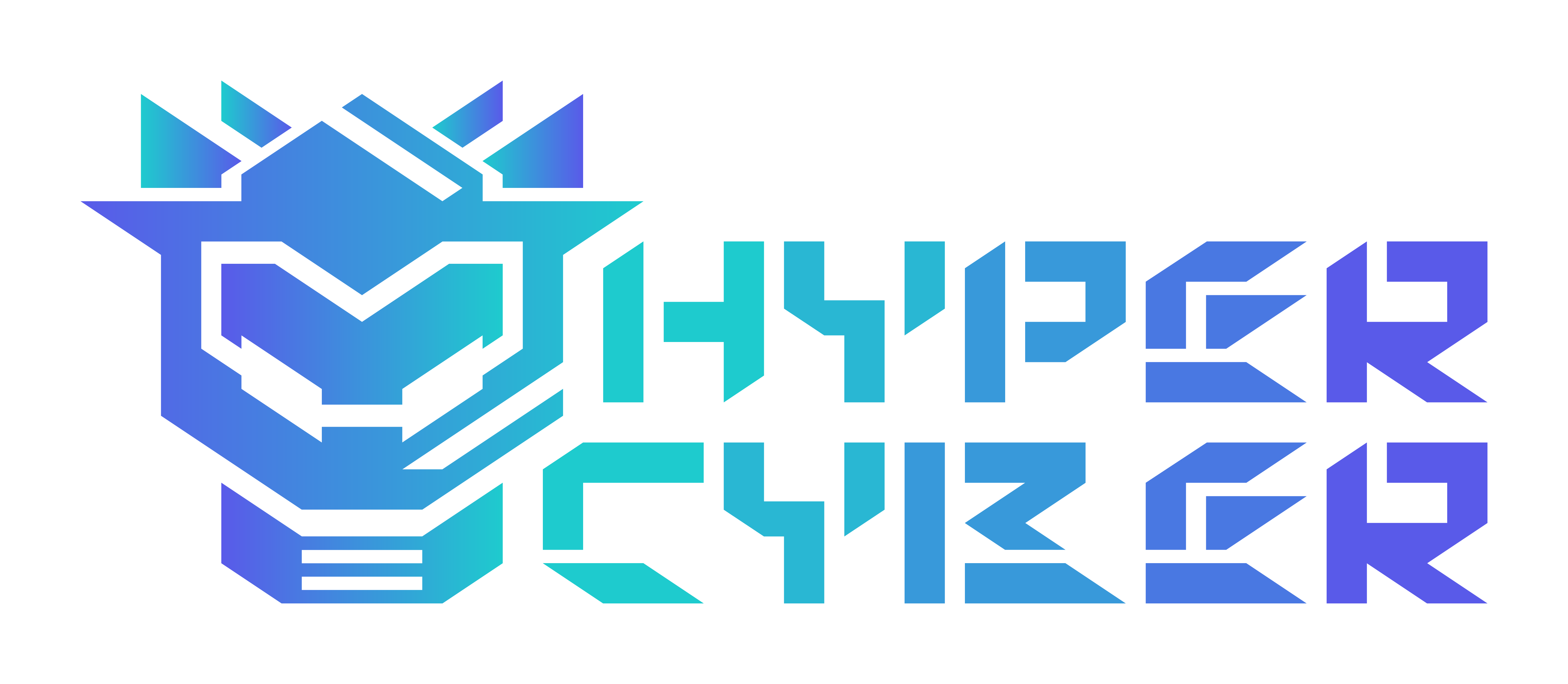Developed with the participation of Stanford University, the FramePack architecture is the first to enable local video generation using diffusion models on consumer GPUs with just 6GB of VRAM. The system can generate videos up to one minute long without relying on cloud services.
FramePack compresses input frames based on their significance, ensuring stable performance without sudden memory usage spikes. Instead of processing dozens of frames sequentially, the model works with a fixed volume of input data, reducing VRAM load by 2–3 times. According to the developers, a model with 13 billion parameters—numerical connections describing neural network behavior—can generate a 60-second clip on GPUs with 6GB of VRAM.
To run FramePack, you’ll need an RTX 30/40/50 series GPU with support for FP16 and BF16 formats. The only exception is the RTX 3050 with 4GB of memory, which is insufficient for full video generation. Linux compatibility has been confirmed; support for the Turing architecture, as well as AMD and Intel GPUs, has not yet been announced. On the RTX 4090, performance reaches up to 0.6 frames per second when using the Teacache software accelerator.
FramePack also includes drift suppression techniques—methods that prevent image degradation in longer videos. While the model is limited to 30 FPS, it delivers stable generation with high clarity and vivid colors.
Unlike cloud-based solutions that require subscriptions or access to A100-level servers, FramePack brings AI video generation to regular home PCs. FramePack is a free, open-source project released under the Apache 2.0 license.








































